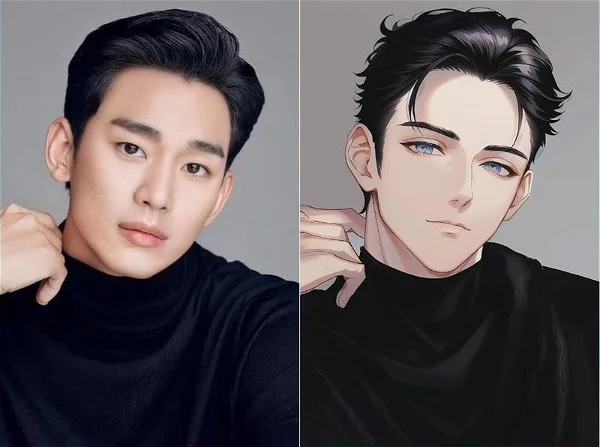In the vast landscape of technological advancement, one area that continually captures our imagination is artificial intelligence (AI). Its ability to mimic human-like tasks and even surpass human capabilities in certain domains has led to groundbreaking innovations across various industries. Among these advancements, AI’s prowess in generating lifelike faces stands out as a testament to its evolving creativity and potential impact on visual media.
The Rise of AI in Face Generation
Traditionally, creating realistic faces for various purposes, such as digital avatars, gaming characters, or even artistic endeavors, has been a laborious and time-consuming task. Artists and designers spent countless hours meticulously crafting every detail to achieve the desired outcome. However, the emergence of AI-powered face generation has transformed this process entirely.
Machine Learning at the Helm
At the heart of this revolution lies machine learning, a subset of AI that enables computers to learn from data and improve their performance over time without explicit programming. By training on vast datasets containing diverse facial features, expressions, and characteristics, machine learning algorithms can decipher the underlying patterns and generate new faces with astonishing realism.
The Role of Neural Networks
Central to many AI face generation techniques are neural networks, computational models inspired by the human brain’s structure and function. Generative Adversarial Networks (GANs), in particular, have gained prominence for their ability to produce highly convincing synthetic images. In a GAN setup, two neural networks, the generator and the discriminator, engage in a game-like scenario where the generator strives to create increasingly realistic images while the discriminator aims to distinguish between real and fake ones. Through this adversarial training process, GANs can generate images that are indistinguishable from real photographs to the human eye.
Diversity and Customization
One of the most striking features of AI-generated faces is their diversity. Unlike traditional methods that often rely on predefined templates or limited variations, AI algorithms can produce faces spanning a wide spectrum of ages, ethnicities, genders, and facial expressions. This diversity not only enhances the realism of generated faces but also ensures inclusivity and representation across different demographics.
Moreover, AI-powered face generators offer unparalleled customization options. Users can tailor various aspects of the generated faces, such as hair color and style, facial features, skin tone, and even emotional expressions, to suit their specific requirements. This level of flexibility empowers creators to bring their visions to life with unprecedented precision and ease.
Unleashing Innovation Effortlessly
The advent of AI face generation has democratized the creative process, making sophisticated visual content accessible to a broader audience. Whether it’s game developers seeking to populate their virtual worlds with diverse characters, filmmakers looking to seamlessly integrate CGI elements into their productions, or artists experimenting with new forms of expression, AI face generators offer a wealth of possibilities.
Platforms like Face Generator AI (https://face-generator.ai/) exemplify this trend, providing intuitive tools for generating lifelike faces with just a few clicks. By harnessing the power of AI, individuals and businesses alike can unleash their creativity without being hindered by technical constraints or resource limitations. The result is a renaissance of sorts in visual storytelling, where imagination knows no bounds, and innovation knows no limits.
Challenges and Ethical Considerations
Despite its transformative potential, AI face generation also raises significant challenges and ethical considerations. Concerns regarding privacy, consent, and the potential misuse of generated faces for malicious purposes are paramount. Additionally, the risk of perpetuating biases present in the training data, leading to skewed representations of certain demographics, underscores the importance of responsible AI development and deployment.
Moreover, as AI-generated content becomes increasingly indistinguishable from reality, questions surrounding authenticity and trustworthiness come to the fore. It becomes imperative to establish robust mechanisms for verifying the origin and integrity of visual content to combat misinformation and safeguard against digital manipulation.
Conclusion
AI artistry in face generation represents a convergence of technology and creativity that holds immense promise for reshaping visual media landscapes. By harnessing the power of machine learning and neural networks, AI face generators are democratizing the creative process, fostering diversity, and enabling unparalleled customization. However, as we navigate this brave new world of synthetic realities, it is imperative to tread carefully, addressing ethical concerns and ensuring that innovation serves the greater good. With responsible stewardship, AI artistry has the potential to inspire, captivate, and elevate human expression in ways we have yet to imagine.
To use AI generate human faces online free go here now




